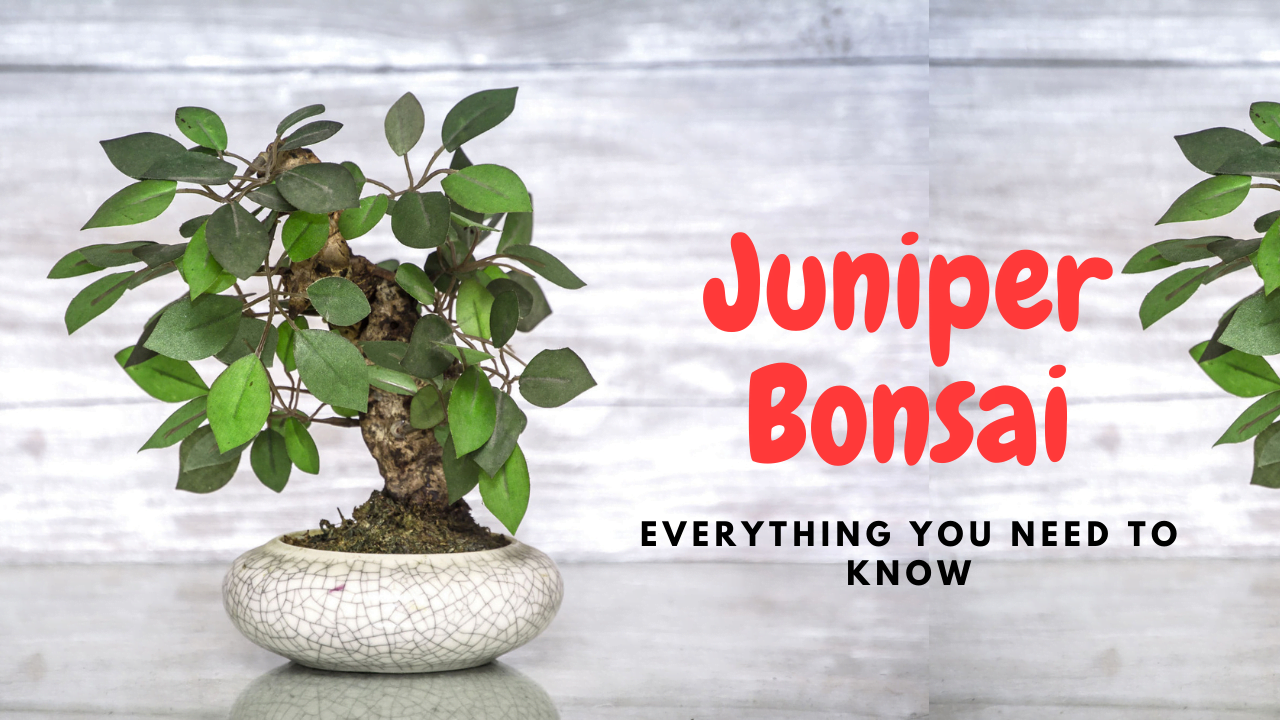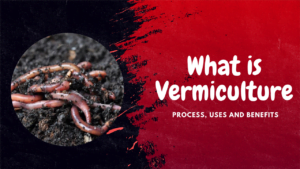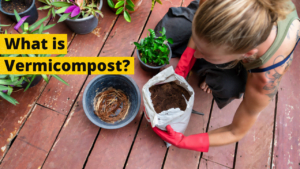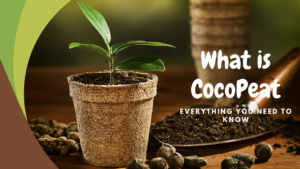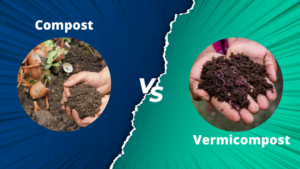Discover the art of nurturing Juniper bonsai trees with our expert care guide. Unveil their unique needs, timeless beauty, and cultural significance. Elevate your gardening skills and create an elegant ode to tradition in your own backyard.
The archetypal bonsai specimen is a juniper bonsai tree. Junipers are beautiful and one of a kind bonsai trees that will light up your garden or even your house! Juniper Bonsai Care is easy. They don’t take much of your energy and have an old world appeal to them. We’re not supposed to have our favorites but junipers come close to being one of the most delightful bonsai trees there ever are!
This beginner’s guide to juniper bonsai care will get you off to a good start. So let’s learn all about these renowned trees as well as how to maintain them healthy and happy!
What Is a Juniper Bonsai Tree?
Junipers are native to Europe, Asia, and North America, and they have a naturally compact growth habit that makes them ideal for bonsai gardening. They have needle-like evergreen foliage that varies in color from dark green to steely blue. The majority of juniper varieties will grow steadily, adding 6 to 12 inches of height per year. Because some juniper species are low-growing ground cover plants, their natural downward growth tendency makes them ideal for cascading bonsai. Within the cypress family, the juniper genus has roughly 50 to 70 distinct species. They are evergreen coniferous trees or shrubs that are popular Bonsai plants.
Junipers have two different types of foliage: needle-like and scale-like. Junipers are a popular landscaping conifer because they keep their color year-round and require little to no upkeep. After the first two years, they can endure pollution and are drought tolerant.
Junipers are popular among gardeners because of its vibrant foliage (which can be dark green, gray-green, reddish-brown, or blue-green) and beautiful “berries” (which can be green, blue, or purple depending on the ripeness of the cones).
Indoor bonsai trees are a beautiful addition to any home or office. These miniature trees can add a sense of peace and tranquility to your space, while also improving air quality. With proper care and attention, an indoor bonsai can thrive for years, bringing joy and beauty to your environment.
Types of Juniper Bonsai
In this section, we are going to take a look at various types of juniper bonsai. That will help you in making the selection of the best Juniper for bonsai.
Best Juniper for Bonsai
There are more than 65 types of juniper plant but all of them cant be used for growing a bonsai juniper. Selecting a good juniper for bonsai is very important as it lays the right foundation for your bonsai journey. In my experience with growing the juniper bonsai, I’ve listed down top 5 best juniper bonsai which you can confidently start with.
Also, I’ve explained why they are the best juniper tree for bonsai tree.
Let’s get started.
1. Chinese Juniper
It’s a small bonsai that can withstand the effects of global warming. They prefer to be fully exposed to the sun and thrive in well-drained soil. Unlike other bonsai trees, the Chinese Juniper does not like to be pruned and may even be hurt by it.
2. Japanese Needle Juniper
It’s also known as Himalayan juniper, and it’s one of the most stunning bonsai trees you’ll ever see! Its leaves resemble needles. They’re dark green with a white line running parallel to the length of the leaf. Because it requires at least six hours of daily sunlight, it must be grown outside.
3. Common Juniper
This juniper plant is widely distributed over the world, as its name says. It thrives in both alkaline and acidic soils, as well as in a variety of environments, including windy ones. Depending on its surroundings, this plant can take on a variety of shapes. Some cultivars grow to be low-growing shrubs that can be used as ground coverings, whereas the species form can be little erect trees. This is a unique juniper with needle-like leaves instead of scales.
4. California Juniper
In the natural world, California juniper grows to be a huge shrub in the Southwest, but it can also develop to be a medium-sized tree. It has reddish-brown cones and scale-like blue-gray leaves. It is used in landscaping to produce animal habitats and drought-resistant gardening. It tolerates alkaline soils well and is frequently used to reduce erosion on dry slopes. It’s also popular in bonsai.
5. Sierra Juniper
This tree, sometimes known as the Western Juniper, is native to the United States and grows in the mountains, especially at elevations of around 10,000 feet (3,000 meters). It has a disproportionately large number of leaves. They prefer dry soils and hot weather.
Facts About Juniper Bonsai Trees
The Juniperus Chinensis is the scientific or botanical name for the Juniper bonsai. Juniper trees are members of the Cypress family of plants. Coniferous trees are those that have needles. The height ranges from a low-growing shrub to a big tree that can reach 15 to 16 feet tall. The wood produced by this tree is a deep crimson color.
The toughness of the wood makes it ideal for cabinets and other wood furniture. Juniper bushes also produce berries that are used as spices and other flavorings, and it can also be found in Scandinavian dishes.
In the cypress family, the juniper tree genus comprises roughly 50 to 70 species. Juniper is an evergreen coniferous tree or shrub that is well-known for being planted as a Bonsai.
The Japanese Garden Junipers, also known as Green Mound Junipers, are the most common Juniper Bonsai trees offered in stores. Juniperus procumbens nana is the scientific name for Juniperus procumbens nana.
While other well-known Juniper species include the Chinese juniper (Juniperus chinensis), the Japanese Shimpaku (Juniperus sargentii), and the Japanese needle juniper (Juniperus rigida).
The savin, also known as Juniperus sabina, and the common juniper, also known as Juniperus communis, are two central European species.
The California Juniper (Juniperus California), the Rocky Mountain Juniper (Juniperus scopulorum), and the Sierra Juniper (Juniperus occidentalis) are three American species. Despite the fact that they are found in different places of the world, all of these species follow the same care instructions.
| Tree Type | Evergreen |
| Identification | Height ranges from 66 to 131 feet. Glossy green needle-like leaves (0.20-1.00 in long) and/or scale-like leaves (0.080-0.157 in long), overlapping Average trunk diameter is 2-4 feet, however some trees can reach up to 13 feet. Reddish-brown bark that peels away in long, thin vertical pieces. Females have fleshy, fruit-like scales that form a ‘berry,’ 0.16-1.06 in long, and males are uniform in structure, 0.04-0.7 in long, with 6-20 scales; males have fleshy, fruit-like scales that form a ‘berry,’ 0.04-0.7 in long, with 6-20 scales; males have fleshy, fruit-like scales that form a ‘berry,’ 0.16-1.06 in long Unwinged, hard-shelled seeds Long, trailing branches Upright, columnar, or low-spreading crowns |
| Distribution | Native to Europe, Asia, and North America |
| Habitat | Large, open forests, dry, rocky, mountainous environments |
| Growth Rate | Slow to medium-fast, with annual growth ranging between 1 and 2 feet. |
| Lifespan | Typically, it lasts between 350 and 700 years, while some may live for beyond 1000 years. |
| Growing Conditions | Full sun is best, although partial shade will suffice. Soil: rocky, loamy, compacted, grained, well-drained Water: Can live with less water; in the early summer months, newly planted trees should be watered twice a week. |
| Tolerance to Drought | Moderate |
| Reproduction System | Depending on whether it’s dioecious or monoecious |
| Wildlife Value | Several animals seek cover in the dense branches to avoid the wind and cold, and many moth species, such as the juniper carpet, juniper jug, pine beauty, and Cydia duplicana, feed on it. |
| Uses | The berries are used as a spice in many culinary dishes and for flavoring in gin; the berries are also distilled to produce an essential oil; native Americans utilize it in traditional medicine; and some species are used for bonsai and gardening. |
| Pests and Diseases | Juniper bonsai trees may not be the most lovely bonsai trees on the planet, but there aren’t nearly as many creatures to contend with when it comes to pest control. They’re strong and drought-tolerant, and they’re resistant to a wide range of pests. However, certain pests and illnesses can rear their ugly heads from time to time, necessitating pest and disease control and management. |
| The International Union for Conservation of Nature (IUCN) conservation status | Because their populations are stable and growing, species like the Black Juniper and Common Juniper are classed as Least Concern. |
Juniper Bonsai Care, Tools, and Methods
Position
Place the tree outside all year in a bright spot with plenty of light. Juniper cannot survive in an enclosed space. When temperatures drop below 15 °F (-10 °C) in the winter, protect the tree. During freezing seasons, certain species’ foliage turns a purplish brown, which is a part of their internal frost defense system. They’ll turn green again in the spring, so don’t worry.
Watering
Unlike many other bonsai tree varieties, the Juniper bonsai tree does not mind drying out between waterings. It is still necessary for owners to examine the soil each day to determine when to water the Juniper bonsai tree.
Individuals should use the “chopstick method” to evaluate if the Juniper bonsai tree requires additional water. Insert an average wooden chopstick into the earth about an inch or two. Allow it to sit for about ten minutes.
Remove the chopstick and inspect it. If the soil is still wet, the Juniper bonsai tree does not require any additional water. It’s time to water the bonsai tree if it’s dry.
Make sure the water can drain when watering the Juniper bonsai tree. If the water does not drain properly, the bonsai tree’s roots may rot.
A spray bottle is also useful for lightly spraying the foliage. This not only allows them to breathe easier, but it also allows the foliage of Juniper bonsai plants housed indoors to breathe better.
For Juniper bonsai trees that have recently been re-potted, the spraying procedure is also critical. The roots will take some time to settle and allow the tree to receive water. Owners prevent the bonsai tree from being dehydrated by spraying the foliage.
Best Juniper Bonsai Fertilizer
To promote vigorous development, juniper bonsai benefit from regular feeding during the growing season. During the winter, though, do not fertilize them.
During the growing season, apply a slow-release organic fertilizer once a month, or a liquid fertilizer once a week when watering. A nitrogen-rich fertilizer is recommended only in the spring months if rapid growth is required.
In nutshell, a slow release fertilizer like Osmocote or Nitrogen rich balanced fertilizer like NPK 19:19:19 are best juniper bonsai fertilizer.
Note that you should not fertilize a juniper bonsai right after it has been repotted for at least a month to avoid startling the roots.
Best Pot for Juniper Bonsai
Selecting right pot for your Juniper bonsai is equally important.
Usually we grow the juniper bonsai tree in two styles.
- Juniper Upright Style
- Juniper Cascading Style
For Juniper bonsai growing in upright style, you should consider a shallow oval or rectangular bonsai pot.
For Cascading Juniper Bonsai tree, a deep rectangular bonsai pot is the best pot for Juniper bonsai.
Pruning and Trimming
The optimal time to prune your juniper tree is during the spring and summer months. When fresh shoots have reached a length of one inch, they are pinched back. This will be done from the beginning of spring through the middle of September.
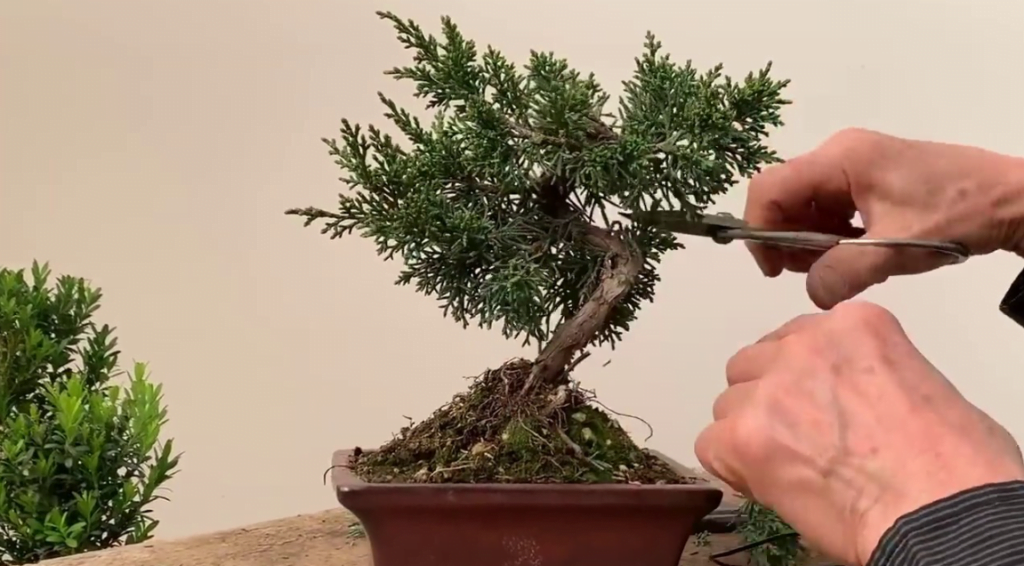
The long branches that jut out can now be pinched or clipped at the base throughout the growth season in order to create the foliage pads. Make sure you don’t cut the juniper like a hedge because eliminating all of the growing points can make the tree weak, and the needles will turn brown if you do.
The foliage pads must be trimmed off at the base if they have become excessively dense. The Juniper Bonsai is a sturdy tree in general because it can withstand vigorous trimming.
Wiring
Juniper bonsai trees lend themselves well to wiring, which allows growers to generate interesting forms and angles. Junipers can be forcefully bent and taught (especially when young and flexible), but be wary of deadwood, which can easily split. Tape or wrap juvenile branches in raffia string for extra protection while bending them to form new growth.
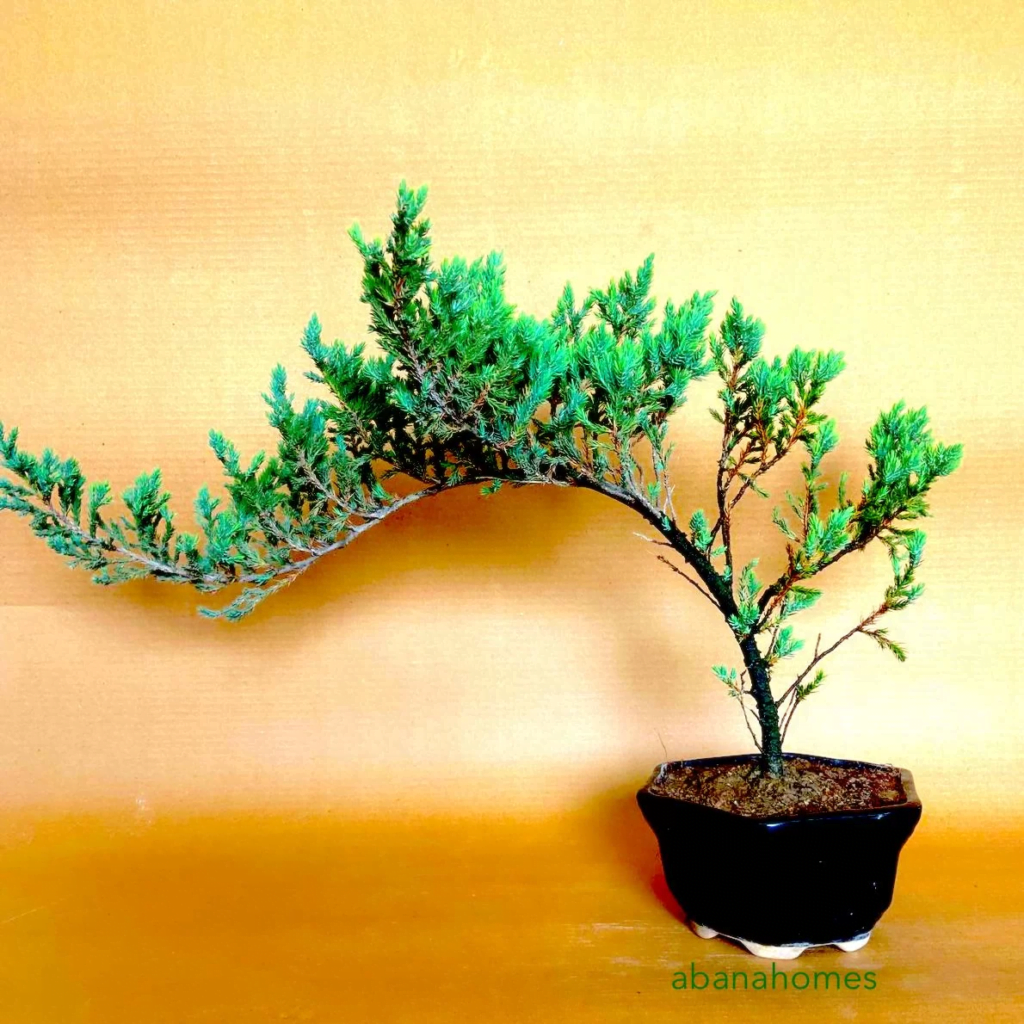
Best Soil Mix for Juniper Bonsai Repotting
The Juniper Bonsai tree must be repotted every two years at the absolute least. Repotting Juniper Bonsai should be done at longer intervals for very old trees, using a basic soil mixture. Make sure the roots aren’t pruned too forcefully.
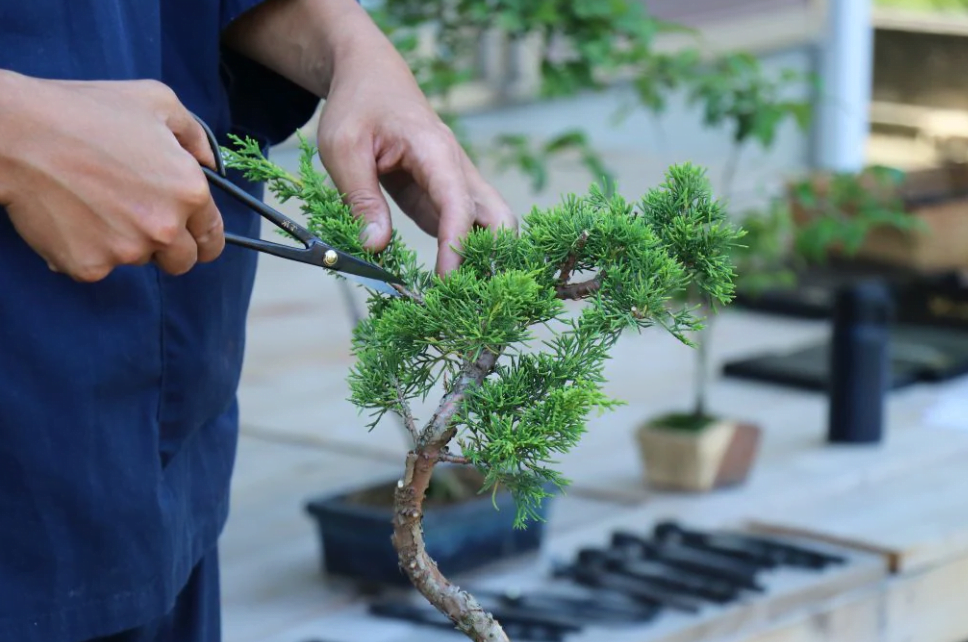
The junipers’ development will be hindered if they are grown in pots.
They do much better in typical garden soil when grown in the ground. However, most of us grow Juniper Bonsai in small containers like bonsai pots. Hence, it’s important to use the Best Soil Mix for Juniper Bonsai for repotting so that it gets the right amount of nutrients.
You can use the bonsai potting mix or Juniper Bonsai Soil to ensure good growth.
Juniper bonsai trees under 10 years of age should be re-potted at least every two years if grown in pots. Plants older than ten years should be re-potted every three to four years at the absolute least. When you re-pot your plant, you must prune the roots.
Why Grow Juniper Bonsai
The Juniper bonsai tree is the most popular among bonsai tree lovers, ranging from rookie growers to specialists or seasoned professionals. The juniper bonsai tree has a really lovely appearance and might be an excellent addition to any room in your home, as well as a Zen garden or other oriental-inspired garden area.
The beauty of raising a juniper bonsai tree is that it can thrive even if neglected. These trees dislike having too much water or being overwatered, as well as being overfed with fertilizers.
Your bonsai will remain healthy, beautiful, and small for many years if you take excellent care of it. Because your bonsai is also a living small tree, it will improve in attractiveness over time.
Conclusion
This article has taught you everything you need to know about Juniper Bonsai trees. Just make sure you care about the plants in your environment and let your enthusiasm inspire you in growing not only Juniper Bonsai trees, but trees and plants in general.
Even if you don’t have a green thumb, having a real compassion for Mother Earth is more crucial than any other motivator for keeping your garden healthy and looking beautiful all year.
We hope you found this tutorial useful. It will undoubtedly improve your bonsai gardening skills. Please share your thoughts, ideas, and bonsai gardening experiences with us in the comments section below. You can share this experience with friends and family, and enjoy the bonding experience that raising a plant can give you. Start now!

